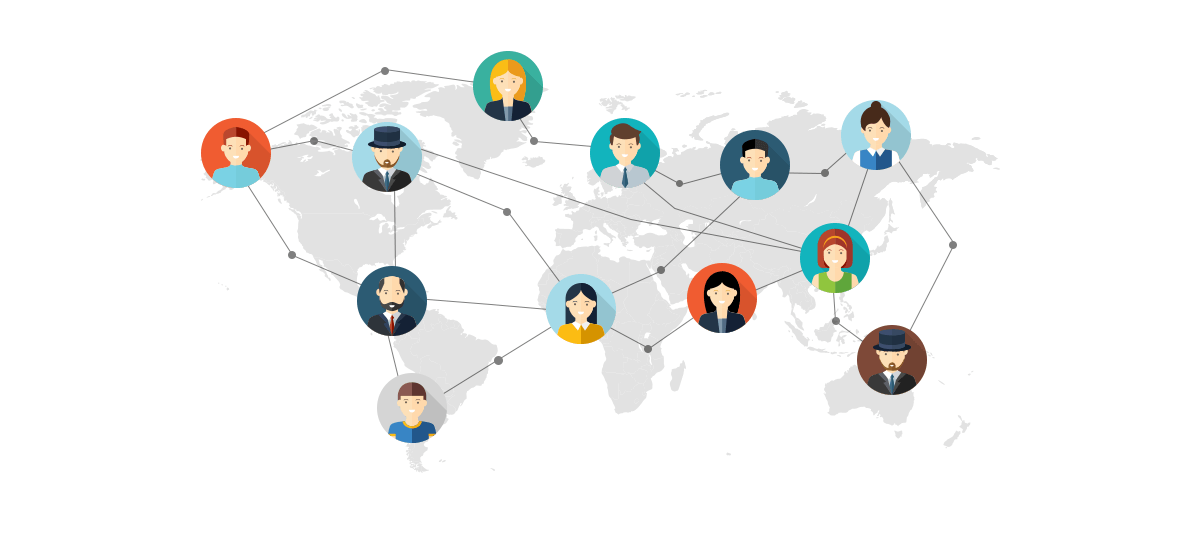Distributed Agile
What is Distributed Agile?
Distributed Agile refers to the practice of applying Agile methodologies across teams that are geographically separated, often spanning different time zones and cultures. Unlike traditional Agile, which emphasizes co-located teams for face-to-face interactions, Distributed Agile adapts these principles to suit remote collaboration.
Example: Imagine a software development company, SLSI Corp, with teams in Hyderabad, Berlin, and San Francisco. They collaborate on the same project, holding virtual stand-ups and using collaborative tools to maintain Agile practices despite the distance.
What Makes Distributed Development Unique?
Distributed development offers several distinct advantages:
- Cost Efficiency: Leveraging talent in regions with lower operational costs.
- Global Talent Pool: Accessing specialized skills regardless of location.
- 24/7 Development Cycle: Utilizing time zone differences to maintain continuous development, known as the "Follow-the-Sun" approach.
- Virtual Organizations: Operating without the constraints of a physical office, promoting flexibility.
Example: SLSI Corp benefits from having developers in India handle tasks during their day, which are then picked up by teams in Europe and the US as their workdays begin, ensuring round-the-clock progress.
How Do Distributed Agile Teams Operate?
Operating in a Distributed Agile environment requires adaptations to traditional Agile practices:
- Incremental Development: Delivering work in small, manageable increments to accommodate feedback and changes.
- Enhanced Communication: Utilizing tools like video conferencing and instant messaging to maintain clear and constant communication.
- Cultural Sensitivity: Being aware of and respecting cultural differences to foster a cohesive team environment.
Example: SLSI Corp schedules overlapping hours for team meetings, ensuring that all members, regardless of location, can participate and stay aligned with project goals.

Organizing Distributed Agile Development
Effective organization is key to Distributed Agile success:
- Flexible Application of Agile Principles: Adapting the Agile Manifesto to fit the distributed context without compromising core values.
- Defined Roles and Responsibilities: Clearly delineating team roles to avoid confusion and overlap.
- Regular Synchronization: Establishing consistent meeting schedules to maintain alignment.
Example: SLSI Corp appoints Scrum Masters in each location who coordinate with each other to ensure that the global team remains synchronized and Agile ceremonies are effectively conducted.
Optimal Team Size and Role Distribution
Maintaining an optimal team size and balanced role distribution is crucial:
- Team Size: Keeping teams between 3 to 9 members to facilitate effective communication.
- Role Distribution: Ensuring that roles such as developers, testers, and product owners are evenly spread across locations to prevent bottlenecks.
- Avoiding Silos: Preventing the concentration of specific roles in one location to reduce dependency risks.
Example: SLSI Corp ensures that each geographical team has a mix of developers and testers, promoting autonomy and reducing cross-location dependencies.
Workload Distribution:
Even workload distribution prevents burnout and delays:
- Balanced Assignments: Allocating tasks based on capacity and expertise, not just location.
- Monitoring Tools: Using project management tools to track workloads and adjust as necessary.
- Proactive Management: Identifying potential overloads early to redistribute tasks effectively.
Example: When a developer in Berlin faces unexpected delays, SLSI Corp reallocates some of their tasks to team members in Hyderabad to maintain project timelines.
Issue and Backlog Management:
Efficient issue tracking and backlog management are vital:
- Transparent Tracking: Utilizing tools like Jira or Trello to make issues visible to all team members.
- Regular Grooming: Conducting backlog refinement sessions to prioritize tasks and address blockers.
- Cross-Time Zone Coordination: Planning work to minimize dependencies across time zones.
Example: SLSI Corp holds bi-weekly backlog grooming sessions with representatives from each location to ensure that the backlog reflects current priorities and that any cross-team dependencies are managed.
Agile Tools for Distributed Teams
- Communication: Slack, Microsoft Teams, Zoom for real-time interaction.
- Project Management: Jira, Trello, Asana for tracking progress and managing tasks.
- Version Control: GitHub, GitLab for collaborative code management.
- Documentation: Confluence, Notion for maintaining shared knowledge bases.
Example: SLSI Corp integrates Jira with Slack to receive instant notifications about task updates, ensuring that all team members stay informed.
